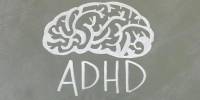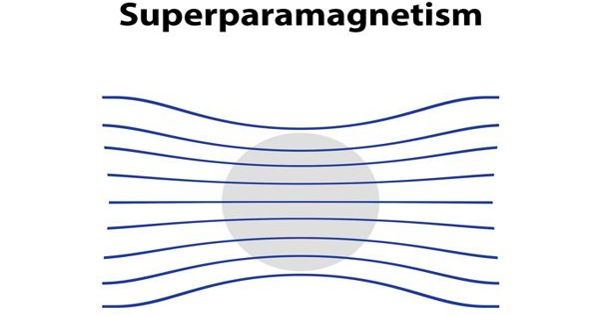Effective online teaching requires a thoughtful approach that takes into consideration the unique needs of each student, as well as the tools and resources available to you as an instructor. The body reacts differently to online than to face-to-face teaching. Researchers show just what is required of digital formats in order to compete with face-to-face formats.
Online teaching can be a challenging task as it requires a different set of skills compared to traditional teaching methods. However, there are several effective strategies that can be used to reach students and make online teaching successful.
Even though online teaching does not affect students’ grades any more than face-to-face teaching, many students report that the learning process is insufficient. Researchers from the Faculty of Medicine at Ruhr University Bochum demonstrated in 2022 that the body reacts differently to online learning than to face-to-face formats, specifically with a lower physiological state of arousal.
From our point of view, these results are relevant both for the evaluation of previous digital teaching concepts and for the development of future formats. As digital learning applications become more prominent, learning environments should be designed to be demand-driven and effective.
Morris Gellisch
In a recent study, the team led by Morris Gellisch and Professor Beate Brand-Saberi demonstrated that making the format interactive can influence the physiological state of arousal during teaching. The findings are published in the journal Annals of Anatomy, by researchers from the Anatomy and Molecular Embryology research group and the Cognitive Psychology research group.
“From our point of view, these results are relevant both for the evaluation of previous digital teaching concepts and for the development of future formats,” says Morris Gellisch. “As digital learning applications become more prominent, learning environments should be designed to be demand-driven and effective.”

Physiological parameters and learning experience survey
In the previous study, the Bochum team used hormone analyses and investigations of autonomic nervous system activation to demonstrate that students’ physiological state of arousal is greatly reduced during a digitally delivered anatomy course. The researchers designed three different course delivery modes for the current study: traditional face-to-face instruction, passive online instruction, and interactive online instruction.
A total of 104 students took part in the study. During the course, the researchers measured the students’ heart rate variability as an indicator of the activation of the autonomic nervous system, as well as the concentration of certain enzymes and hormones in their saliva. They also asked the participants about their learning experience after the course.
“The findings show that it is possible to influence students’ physiological states of arousal in digital learning environments,” Morris Gellisch concludes. When compared to passive online teaching, students in interactive online teaching had higher levels of the stress hormone cortisol in their saliva, indicating greater physiological arousal.
In addition, a decreased heart rate variability was shown during interactive online teaching, which is a sign that the sympathetic nervous system is activated in the autonomic nervous system, and the body thus enters a state of higher readiness to perform. The enzyme alpha-amylase was measured in saliva and confirmed the sympathetic activation. The values for interactive online teaching were comparable to those for face-to-face teaching.
Survey shows clear differences between learning conditions
In a post-course survey, students indicated with a significant majority that they felt more involved in the course activities and learning materials, as well as more attentive in interactive online teaching versus passive online teaching. They did, however, report feeling more anxious, for example, about giving incorrect answers. This anxiety was more pronounced in the online interactive group than in the face-to-face group.
















